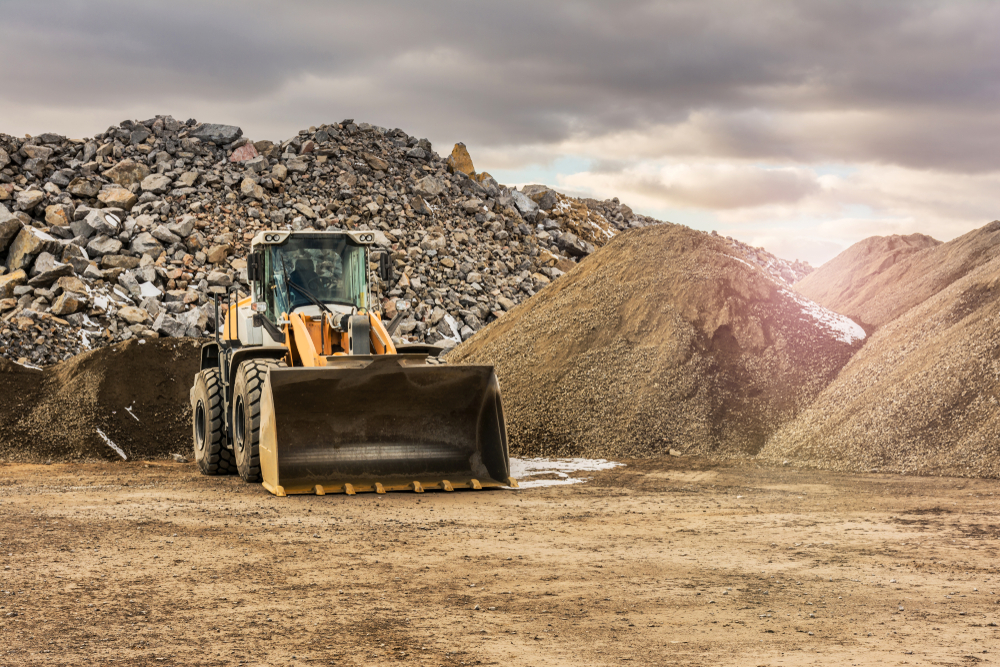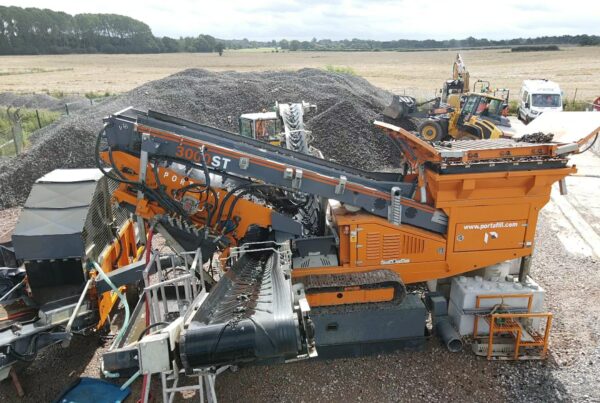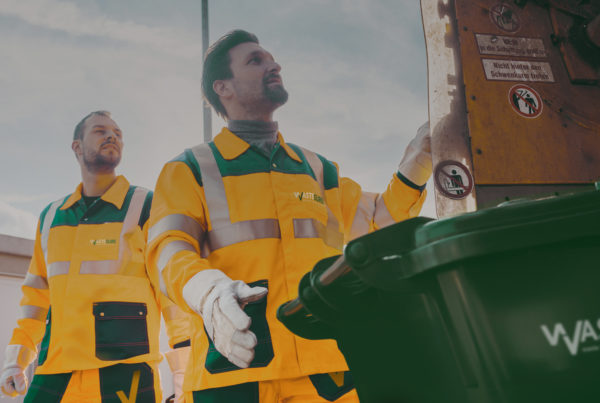Aggregate is a common waste material. It is frequently used in the water treatment industry as a filtration media and, as a result, is often removed and replaced as a hazardous waste type.
While removing and replacing aggregate is often a standard practise for most companies dealing with large quantities of waste, there are several problems with this method.
3 Reasons not to Dispose of Aggregate
It’s Not Environmentally Friendly
First, disposing of hazardous materials isn’t the most environmentally friendly option. Most hazardous materials end up in secured landfill and are never used again. Quarrying for new aggregate is an intensive process too. And all this is before you consider the CO2 emissions caused by transporting all that material.
It’s Expensive
The second reason removing and replacing aggregate is problematic is that it is expensive. Sourcing and buying new aggregate is always going to cost as the material has to be quarried and transported to site. Additional costs are incurred in the removal and disposal of the old aggregate. Disposing of hazardous waste often comes at a premium.
It’s a Logistical Nightmare
The final reason is that organising a waste disposal route requires a lot of logistical planning. Lots of water treatment works have awkward site access roads and little space to play with. This means that removing aggregate can take a long time, as can waiting on the new aggregate to arrive. On top of this, you need to make sure that the waste disposal route you choose is fully compliant from removal to disposal.
So what if we could tell you that you could avoid all of this hassle? What if you could choose a fully compliant, green and economically viable alternative to a waste disposal route?
With WasteSURE, you can! Our innovative solutions focus on solving the problem in front of us in the simplest and most efficient way possible within the Waste Duty of Care guidelines. This means that instead of following the same path as everyone else, we often come up with solutions that turn the whole problem on its head and approach it from a different angle.
Here’s our solution to help you avoid an aggregate waste disposal route.
WasteSURE’s Alternative to a Waste Disposal Route
Instead of removing and replacing old aggregate with new, WasteSURE uses a fully compliant wash plant or bucket to clean the old aggregate, remove any silt and replace it as new. This method is ideal because you don’t need a waste disposal route, you can save on buying new aggregate and it is significantly more environmentally friendly.
Here’s our process.
Removing Contaminated Aggregate
The first stage of the process is removing the contaminated aggregate. If there is space on site, there is no need to move the aggregate to another facility as we will be able to set up a wash plant or bucket on location. This minimises the distance the aggregate has to travel and, therefore, minimises the carbon footprint of the project as well as the expense of waste carriers.
Where there isn’t room onsite to set up a wash plant or bucket, or the site access is too awkward for articulated vehicles, we will use a nearby satellite site. We use smaller vehicles to convey the aggregate to the satellite site for processing and treatment. While this isn’t as environmentally friendly as stay onsite, the distance travelled is still significantly reduced and kept as low as possible.
Processing and Treating the Aggregate Using a Wash Plant or Bucket
Once the aggregate has been removed, we treat it to remove any hazardous material. This is a fully compliant process within the Waste Duty of Care.
We use a wash plant or bucket depending on the size of the site and the quantity of waste for processing. The process is very simple: we load the contaminated waste material and it is washed thoroughly. We then test the material to ensure that it is within the correct tolerance to be reused.
All the material is tested thoroughly to ensure that no hazardous waste can be returned to the site safely. The hazardous waste that remains is disposed of in a safe and compliant manner in accordance with the Waste Duty of Care. Finally, the aggregate is sieved to ensure a dust rating of less than 1%.
With this method, most of the material can be safely reused as a non-hazardous product.
Replacing the Clean Aggregate
To replace the clean aggregate safely, we use a shallow angled conveyor belt. This method means that the aggregate isn’t falling from a great height and can’t tumble down the conveyor either. The purpose of doing this is minimise breakage and, in doing so, minimise any dust from the aggregate. Furthermore, installing the aggregate more slowly means we can achieve an even coverage without any compaction.
At WasteSURE, we are proud to provide a fully compliant process to remove and replace aggregate without an aggregate waste disposal route. This method is easy for our clients, better for the environment and saves money too. Just the kind of innovative waste management we love.


